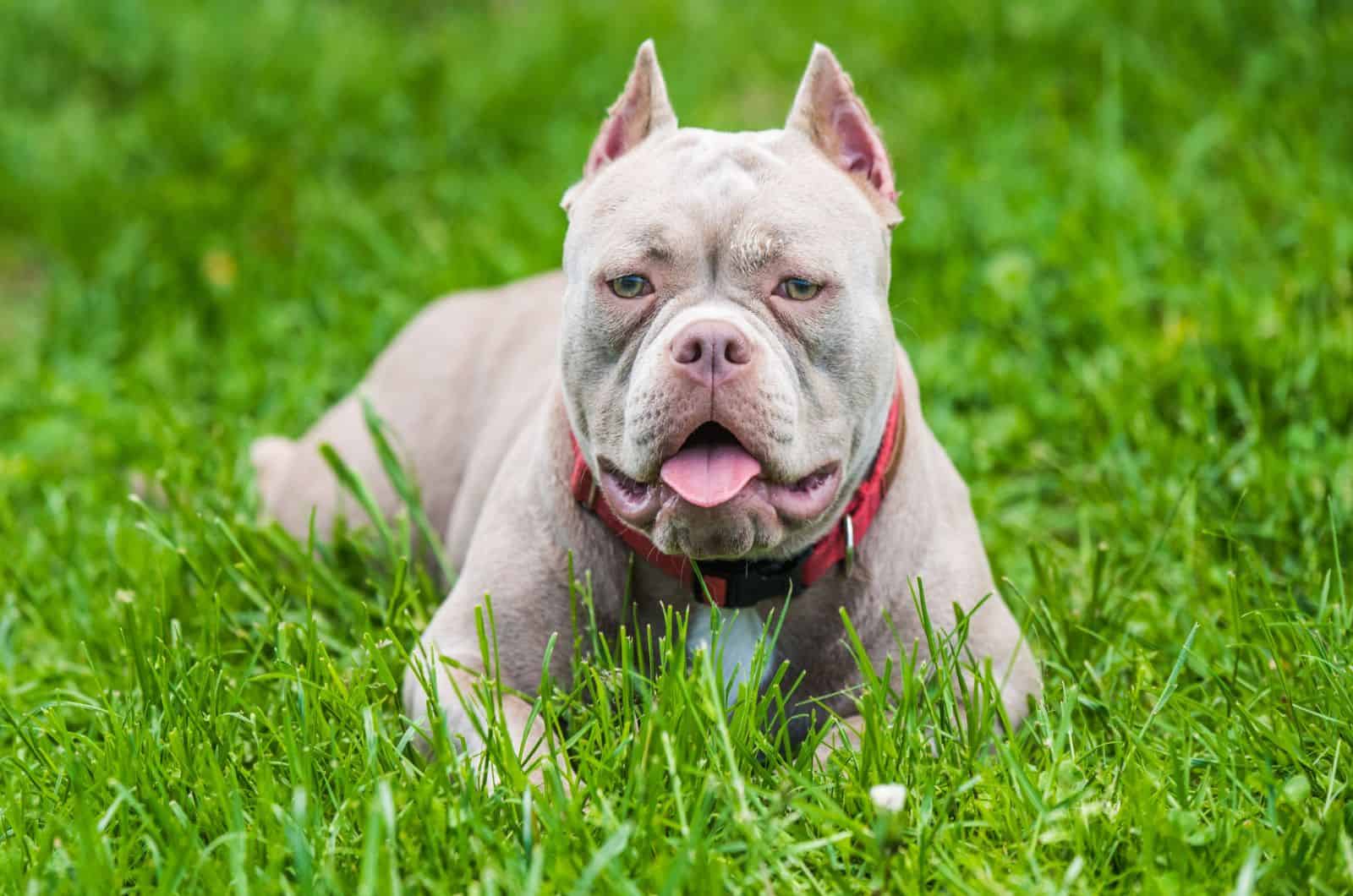
Amitriptyline is a drug that can be used to treat anxiety and depression.
Amitriptyline is prescribed by veterinarians to treat behavioral disorders of small animals. This includes Anxiety Disorders in Dogs Chronic Pain Disorders in Cats and Dogs Feather plucking among birds and Behavior disorders in Cats.
Note that it is best to use behavior-modifying medication such as amitriptyline in conjunction with other behavior modifications such as training. This should be done with the help of a certified trainer or veterinarian. Additional medications, changes to your pet’s daily routine, environment modifications, supplements, or other therapies may be needed for behavioral disorders.
Amitriptyline has been FDA-approved for use in humans under the name amitriptyline chloride. Amitriptyline has not yet been FDA-approved as a medication for veterinary use. Veterinarians are allowed to prescribe human medications in some circumstances. It is known as extra-labeling or off-label usage because the use of the medication is not described on its label. This medication will be determined by your veterinarian.
Amitriptyline: How Does It Work?

The tricyclic class of antidepressants includes amitriptyline. They block serotonin, norepinephrine and other neurotransmitters that are found in the brain. These send signals throughout the nervous system. Low levels of serotonin are believed to be responsible for stress and anxiety. Serotonin regulates mood and behavior. Norepinephrine regulates emotions, motivates, and influences cognition.
Amitriptyline increases the levels of these two neurotransmitters in the brain, helping to regulate mood and behavior.
Your vet may prescribe a compounded form of amitriptyline in certain situations. Compound medications may be prescribed when an FDA-approved drug isn’t able to manage your pet’s condition. For example, if the FDA-approved medication is not available in the desired dosage or strength, or if the FDA-approved medication is allergic to one of its ingredients. Compounded medicines are not FDA-approved. Compounded medications are made by a pharmacist or veterinarian to meet the individual needs of a patient.
Amitriptyline directions
Please follow the instructions on your prescription label or those provided by your vet. Amitriptyline can be given daily, or even twice a day depending on what you’re treating. It is possible to give Amitriptyline with or without food. However, if you are giving it with food then this can improve the absorption.
Weaning is the best way to stop this medicine. Follow the weaning instructions provided by your vet.
Did you miss a dose?
Talk to your vet about what you should do if amitriptyline is forgotten. They may tell you to either give the dose when you remember or, if your next dose is near, skip it and continue your regular dosing regimen. Don’t give double or extra doses.
Amitriptyline Side Effects

Amitriptyline’s effects on the nervous system are what cause most of its side effects.
- Constipation
- Urine Holding
- Vomiting
- Diarrhea
- Sleepiness excessive
- Excitement
- Seizures
- Heart rhythms
- Reduced production of red and white blood cells
Other side effects in cats include
- Lethargy
- Drooling
- Appetite loss
- Unkempt hair coat
Certain medications can interact with amitriptyline. Serotonin Syndrome can happen when the pet also takes a selective-serotonin reuptake inhibitor (SSRI), such as fluoxetine, or a sedative, like trazodone. Serotonin Syndrome is a serious but rare condition that occurs when drugs, particularly in high doses, are taken together. If you notice any signs, contact your veterinarian and/or go to the emergency room immediately.
- Vomiting and diarrhea
- Seizures
- Hyperesthesia (increased skin sensitivity)
- The following are some of the ways to reduce your risk:
- Blindness or dilated pupils
- Voices (whining and crying)
- Excessive drooling
- Problem breathing
- Lack of coordination or weakness
- Misorientation
Amitriptyline can also be prescribed for human use. The dosage and possible side effects are different. Pets should never be prescribed amitriptyline for human use due to the potential side effects.
Human Side Effects
Amitriptyline can be prescribed for human use, but there may also be different side effects and dosages. Call your doctor or call the Poison Control Center at 1-800-222-1222 if you accidentally consume amitriptyline prescribed to your pet.
Monitoring
Your veterinarian may recommend specific monitoring or routine tests while your pet takes this medication, depending on the individual needs of your pet, any other medication they are taking, and/or what issue initially caused them to take this medication.
Click Here to Call Your Vet if:
- The side effects can be severe (see below)
- If your pet’s condition does not improve or worsens after treatment
- Overdoses are suspected or seen
- Do you have any additional concerns or questions about the use and/or side effects of Amitriptyline?
Amitriptyline Storage

Store Amitriptyline at temperatures controlled between 68 and 77 F. Close the container to prevent moisture or light. Check the labels to confirm temperatures.
Store compounded medications according to their label.
Children and pets should not be allowed to touch the product.
Amitriptyline Questions and Answers
What is the time it takes for Amitriptyline in dogs to start working?
Amitriptyline begins to work in the system of your pet within hours. However, it may take several days or weeks before you see any positive change in their behavior.
How much amitriptyline should I give my dog?
It is important to consider the behavioral issue that you want to address and any other medication your dog may be taking. Work closely with your vet to establish the dose and determine if any adjustments are needed.
Can amitriptyline be used to treat anxiety in dogs and cats?
Amitriptyline can be beneficial for some dogs when used in combination with other medication and a behavioral modification program.
This article was not written by a vet or a qualified reviewer who received compensation from the drug manufacturer. This article contains only content from the manufacturer or public sources.